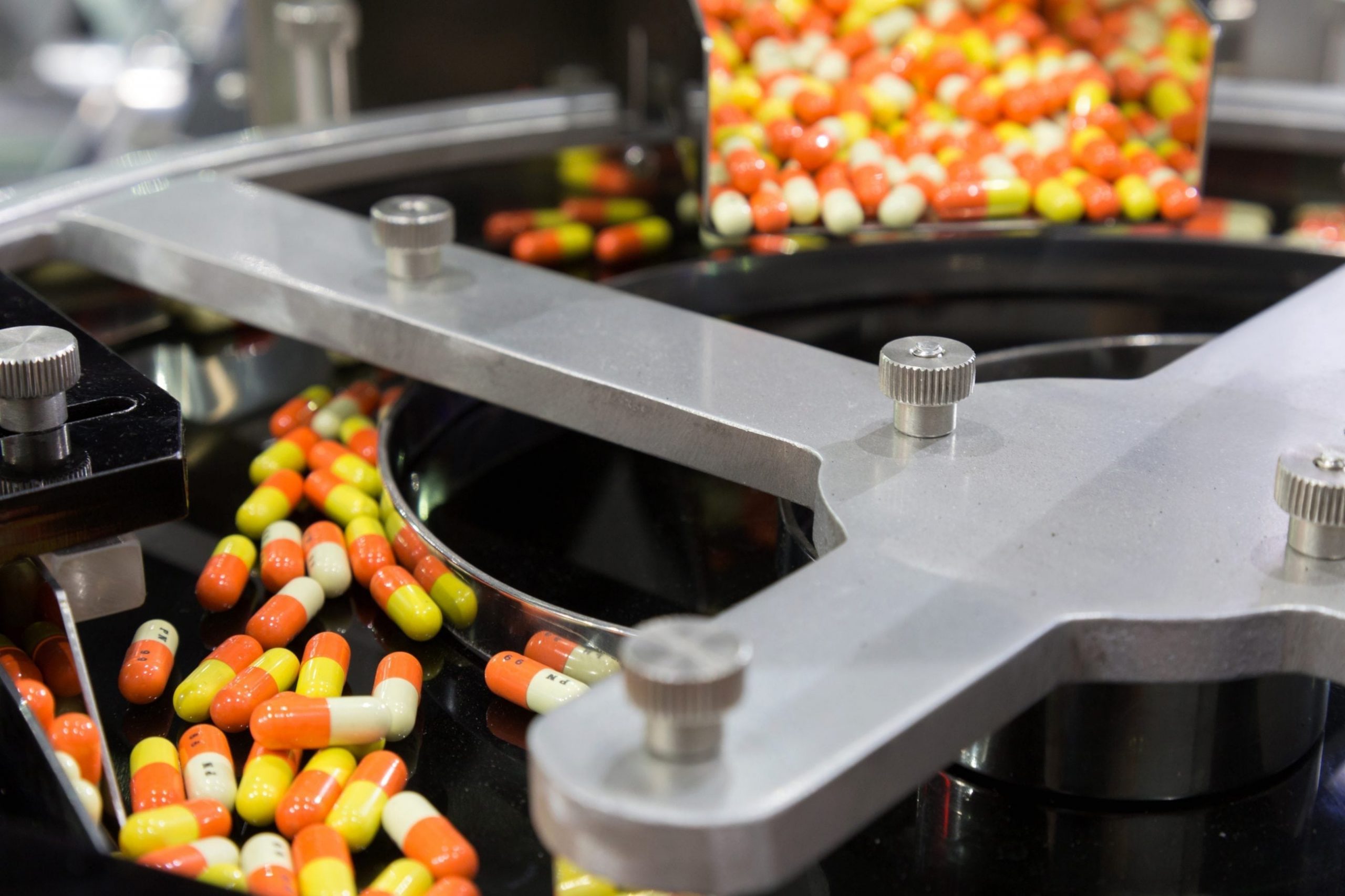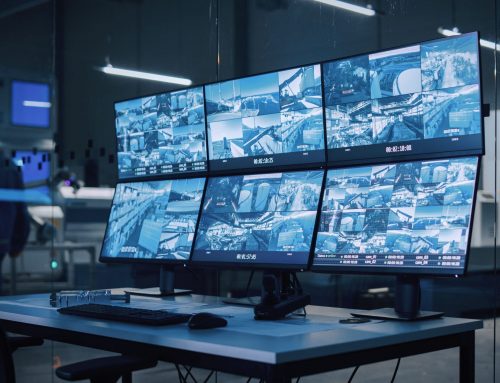Devices which assist the dispensing of pharmaceutical products serve two purposes: to reduce errors in medical prescribing and address unused or unnecessary medicine waste.
Medtech machines which identify which drugs are connected with which patient, and autodispense the correct medication and in the right dosage for specific needs are paving the way to reducing prescription errors.
Electronic advances in atomic force microscopy (AFM) forms the cutting edge of pharma tech innovations designed to examine and improve drug delivery systems, such as IVs, to consider how drugs interact with patients. Sensitive equipment can adjust the behaviour of the drugs or create alerts if the medicine isn’t working or causing harm.
The impact on healthcare
Pharmaceutical drugs can be prescribed or administered. When prescribed in NHS hospitals, an astonishing 85% of prescriptions are written out by junior doctors. On the wards and in the operating theatres, where drug delivery systems such as IVs are in use, consultants are more likely to decide rapidly what is needed and how much.
Unfortunately, whenever there is human involvement there is human error and waste. It is clear some pharmaceutical errors could be avoided at the dispensary level through robot pharmacists who dispense from accurate input rather than the squiggly doctor’s signature.
With over one billion prescriptions written each year, and medicine being the most common intervention in any health service, the numbers involved are always going to be huge. The UK is one of the leaders in understanding our error rates in drug administration, and successfully keeps this rate low in comparison to other countries. Still, there are 237 million errors a year, three quarters of which lead to some harm, and 712 deaths per year directly caused by medications.
The future for pharmaceutical technology
If you remember as recently as 15 years ago, we didn’t have keyhole surgery, and now robotic arms assist during these operations, advanced pharmaceutical technology is where Medtech will have the greatest impact. Minature electronics, examining on a microscopic level, the interrelationship between intracellular activity and the function of engineered nanomaterials are looking into nanoparticle drug-delivery systems.
Much of what is known already examines nanoparticles and their effects on cells after cellular uptake, without any detailed understanding of whether the outcomes of these interactions may be favourable or not. The interactions which are positive will lead to improvements in not only drug delivery, but also the composition of drugs which are prescribed. The end result will be more accurate medicine intervention and greater innovations in robots able to administer drugs, while connected to the Internet of Things (IoT).
With Pharmaceutical companies moving towards outsourcing R&D in these areas, there’s much opportunity for EMS to work with innovative Medtech firms on advances in pharmaceutical technology. Considering the likelihood working in this area of electronics will produce real improvements for patients, it’s a rewarding area to work in too.









